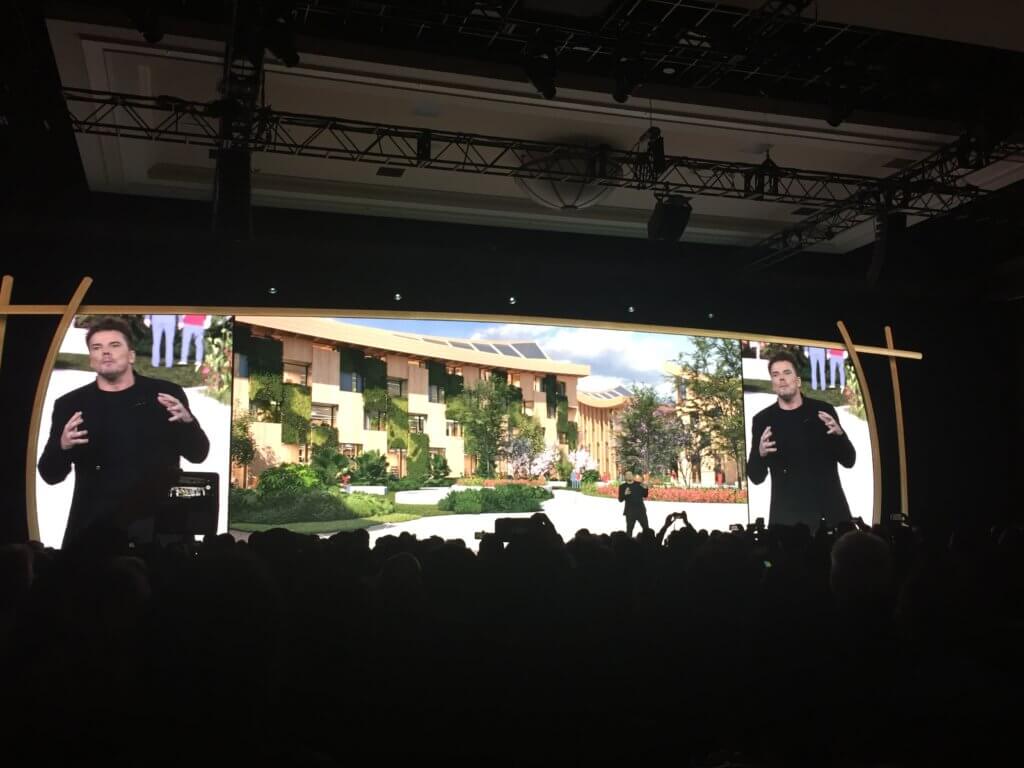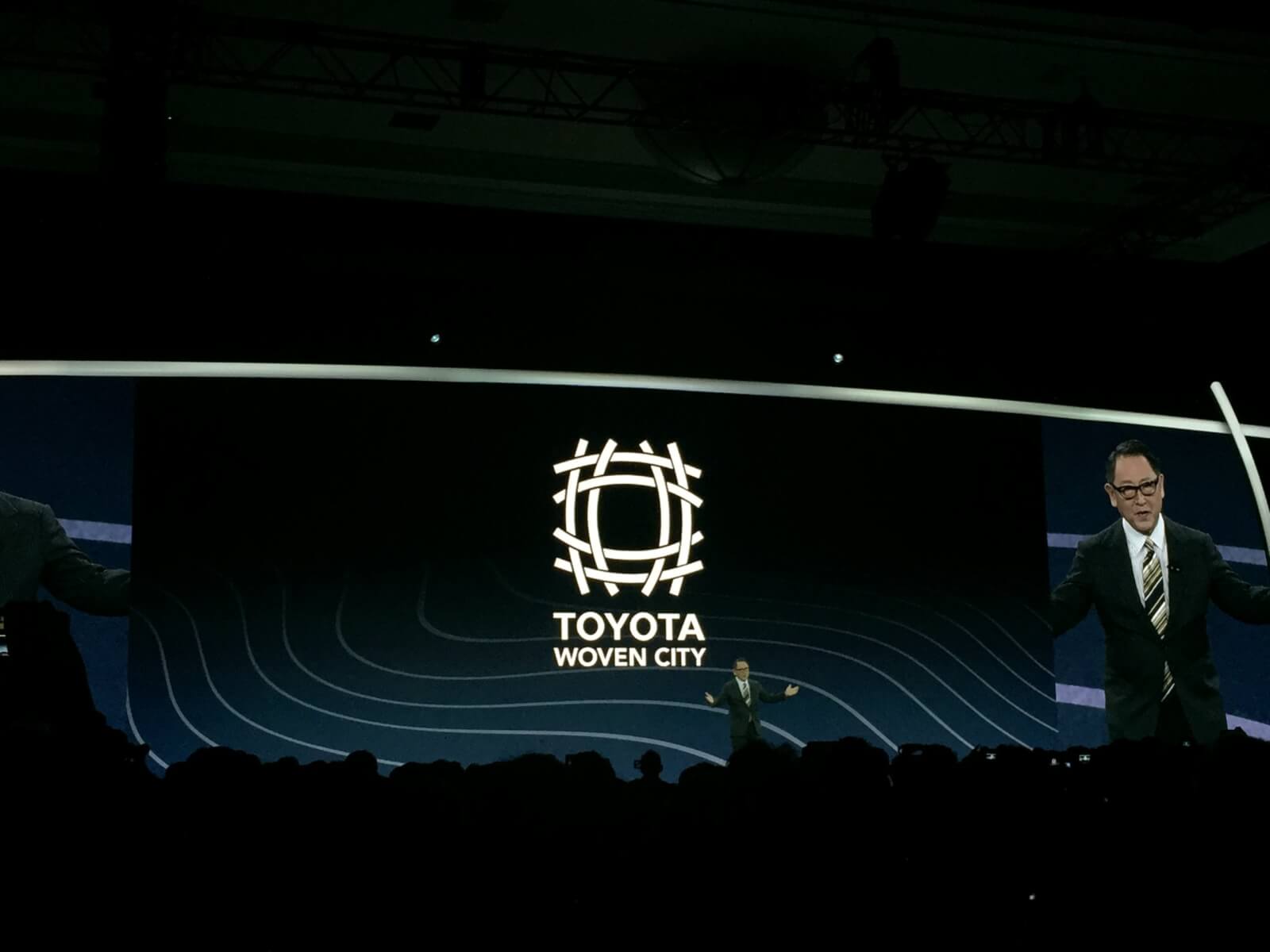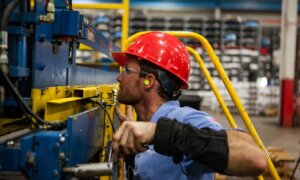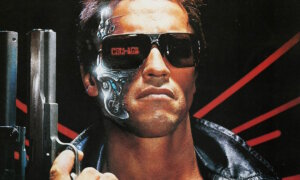Toyota is widely recognized as a leading automotive brand, innovating what it means to be on the move. For example, the Prius upended public imagination, igniting interest in hybrid (and cleaner) engine technology. Their newest project, Toyota Woven City, announced at their CES 2020 press event, is likely to be another boundary pushing innovation. This time, however, instead of cars, Woven City will force us to reimagine city living.
Toyota Woven City is a prototype for a futuristic town, one where AI, automation, city planning, human interactions, and more all mesh to create an enhanced living experience. Planned as a site to test the latest technology, Woven City will be a fully “smart” experience. That means that technology like autonomous vehicles, robots, connected smartphones, smart homes, and sustainable energy won’t be the exception, but the norm. According to Toyota President and CEO Akio Toyoda, the entire community will be built from the ground up from an old Toyota site and be designed specifically to seamlessly incorporate all these advanced technologies.

An example of how this will be done is the street design. Typical city planning bifurcates the street into the road (for cars) and the sidewalks (for pedestrians). This division isn’t perfect, with the sidewalk and road never neatly divided, resulting in cars coming dangerously close to pedestrians. Instead, Woven City streets will be split into three sections, accounting for different forms of mobility: 1) the autonomous vehicle lane, clearly demarcated by natural fauna, 2) the urban pedestrian and slower mobility vehicle lane for runners, bikers, and scooter riders and 3) the park style lane, for pedestrians and leisurely experiences only. By splitting the street into 3 distinct parts, Woven City provides a safe environment for people to travel: autonomous vehicles do not need to account for stray pedestrians and pedestrians will be guided away from cars or bikes.
Whereas the design of the city will support the incorporation of technology, technology will help define the city by encouraging community. The home serves as one of these places of community, as sensors free up time to spend with family by helping with household tasks (restocking the fridge, taking out the trash) and also promoting healthy living. The modularly designed Toyota e-pallet, the basis for autonomous vehicles in the Woven City, allows for flexible programming. Toyota envisions these e-pallets being used to recreate the community market and human connectivity by drawing inhabits out and into central, communal town spaces.
While this all seems utopian, the site was labeled as a “living laboratory.” Participants will be able to opt into living at the site, but researchers too are given the opportunity to participate and design their own experiments. Because ground won’t be broken on the site until 2021, the specifics of living at the site have yet to be fleshed out. More information will likely roll out in the coming years, so we’re interested in hearing more how this site will balance innovative living experiences and questions of privacy and autonomy.
Toyota went out to left field with their announcement. A smart city? Not a car? Completely unexpected. Only time will tell what happens with Woven City, but Toyota certainly is moving forward with this incredible unique use of smart technology.
Follow TechTheLead on Google News to get the news first.























